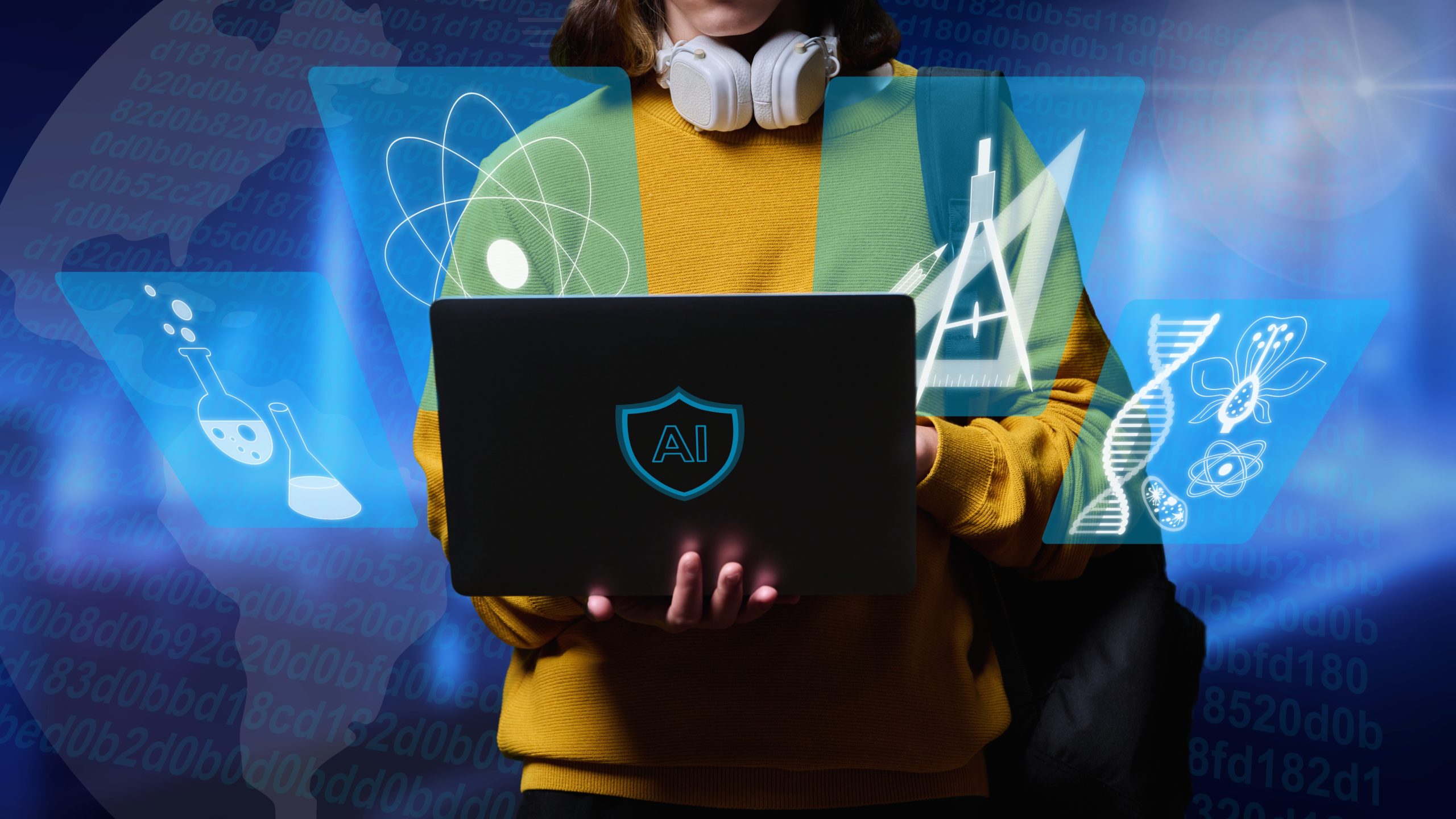Artificial Intelligence (AI) is steadily reshaping industries, and education is no exception. Among the most transformative AI technologies today are Large Language Models (LLMs), which are helping educators create more personalized, efficient, and inclusive learning environments. This article delves into the impact of LLMs on education, exploring how these AI systems simplify and enhance the learning experience for both students and teachers.
Understanding Large Language Models in Education
What Are Large Language Models?
Large Language Models are AI systems that can understand and produce language similar to humans, developed through training on enormous text datasets. They can process, analyze, and generate content based on the patterns they’ve learned, making them capable of responding to questions, writing essays, and even offering tutoring support. Examples of LLMs include OpenAI’s GPT-4 and Google’s BERT, both of which are used across sectors, including education, for tasks ranging from automating administrative work to providing personalized learning support.
Current Applications of AI in the Education Sector
AI in education isn’t a new concept, but LLMs have brought a level of sophistication previously unavailable. Today, AI helps with:
- Automated grading: AI can assess and grade essays, quizzes, and even creative writing projects, saving time for educators.
- Content generation: LLMs can generate tailored educational content such as quizzes, lesson plans, or even explanations for complex topics.
- Tutoring: AI-powered tutoring systems are providing one-on-one assistance to students, helping them understand concepts at their own pace.
How Large Language Models Enhance Learning
Personalized Learning and Adaptive Systems
One of the most significant advantages of LLMs in education is their ability to tailor learning experiences to individual student needs. Adaptive learning systems use LLMs to:
- Analyze a student’s strengths and weaknesses.
- Adjust learning materials and exercises based on their performance.
- Provide real-time feedback and offer suggestions for improvement.
This type of personalized learning improves student engagement and retention, ensuring that students receive the right support, exactly when they need it.
Streamlining Administrative Tasks for Educators
For teachers, administrative work can often take up valuable time that could otherwise be spent teaching or mentoring students. LLMs can automate tasks such as:
- Grading assignments and exams: AI can evaluate student work quickly and fairly.
- Responding to common student queries: AI chatbots can handle repetitive questions from students, leaving teachers with more time for deeper, meaningful interactions.
This automation not only reduces the administrative burden but also allows educators to focus more on student engagement and classroom innovation.
Enhancing Student Engagement and Participation
LLMs can also boost student participation by offering new, interactive ways to learn. For example:
- AI-powered conversational agents can interact with students on demand, providing answers to their queries beyond scheduled class times.
- LLMs can be used to generate interactive simulations or quizzes, keeping students engaged with dynamic learning tools.
Facilitating Access to Educational Resources
LLMs offer immediate access to vast stores of information. Students can leverage LLMs to:
- Find detailed explanations on any topic.
- Summarize complex textbooks into easily understandable formats.
- Access a wide variety of online learning materials curated specifically for their needs.
This opens up opportunities for students to learn independently and access high-quality educational resources around the clock.
Closing the Education Divide: AI’s Potential Impact
Supporting Special Education with AI Tools
LLMs are particularly beneficial in supporting students with special needs. AI tools can:
- Offer customized learning programs tailored to individual challenges.
- Provide text-to-speech or speech-to-text services for students with learning disabilities.
- Support students with autism through AI tools that guide social and communication skills in real-time scenarios.
By offering targeted support, LLMs make education more accessible and inclusive.
Overcoming Language Barriers with Multilingual Models
Multilingual Large Language Models can help students from non-English-speaking backgrounds by:
- Translating course materials into their native language.
- Offering real-time translations during lessons.
- Assisting with language learning by providing personalized grammar and vocabulary exercises.
This language support ensures that no student is left behind due to language barriers, making education more global and accessible.
Simplifying AI for Teachers and Students
Making AI Accessible in the Classroom
While the potential of AI is vast, it’s essential that both teachers and students are comfortable using it. Simplifying AI for classrooms involves:
- Training teachers on how to use AI-powered tools effectively.
- Ensuring that students understand how to engage with AI responsibly, using it as a supplement to learning rather than a replacement.
Addressing Common Misconceptions About AI in Education
Many misconceptions about AI in education persist, such as fears that AI will replace teachers or that it’s too complex to be used effectively in classrooms. In reality:
- AI is a supportive tool designed to enhance—not replace—human teaching.
- Tools like LLMs are being developed with user-friendly interfaces, making them accessible even to those with limited technical expertise.
By addressing these concerns, we can create a more welcoming environment for AI integration in education.
Challenges and Ethical Considerations of AI in Education
Data Privacy and Student Safety
One of the primary concerns with the use of AI in education is data privacy. As AI systems collect and analyze student data to personalize learning experiences, it’s crucial to:
- Ensure that data collection adheres to strict privacy regulations like GDPR.
- Establish strong safeguards to protect data integrity and restrict unauthorized entry.
Ensuring student safety in this digital landscape is paramount as AI adoption in education continues to grow.
The Role of Educators in Guiding AI Implementation
While AI can enhance learning, educators play an irreplaceable role in shaping how these tools are used. Teachers should:
- Act as guides and mentors, helping students navigate AI-driven tools.
- Ensure that the human element in teaching—critical thinking, empathy, and creativity—is preserved alongside AI tools.
The Future of Large Language Models in Education
Innovations to Look Forward To
The future of AI in education promises even more exciting developments. Some innovations on the horizon include:
- Smarter adaptive learning systems that predict student needs more accurately.
- AI tools that can support real-time collaboration among students, making group work more effective and engaging.
Preparing Schools for AI Integration
To fully embrace the potential of AI, schools must prepare by:
- Investing in the necessary technological infrastructure.
- Offering professional development for educators to ensure they can effectively implement AI tools in their teaching.
Schools that invest in AI today will be well-positioned to transform their educational environments in the years to come.
The integration of Large Language Models into education is opening new doors for personalized learning, administrative efficiency, and inclusivity. While challenges such as data privacy and AI accessibility remain, the benefits of AI in the classroom are already evident. As technology continues to evolve, educators and students alike can look forward to a future where AI-enhanced learning is both simplified and more effective, helping learners achieve better outcomes.













